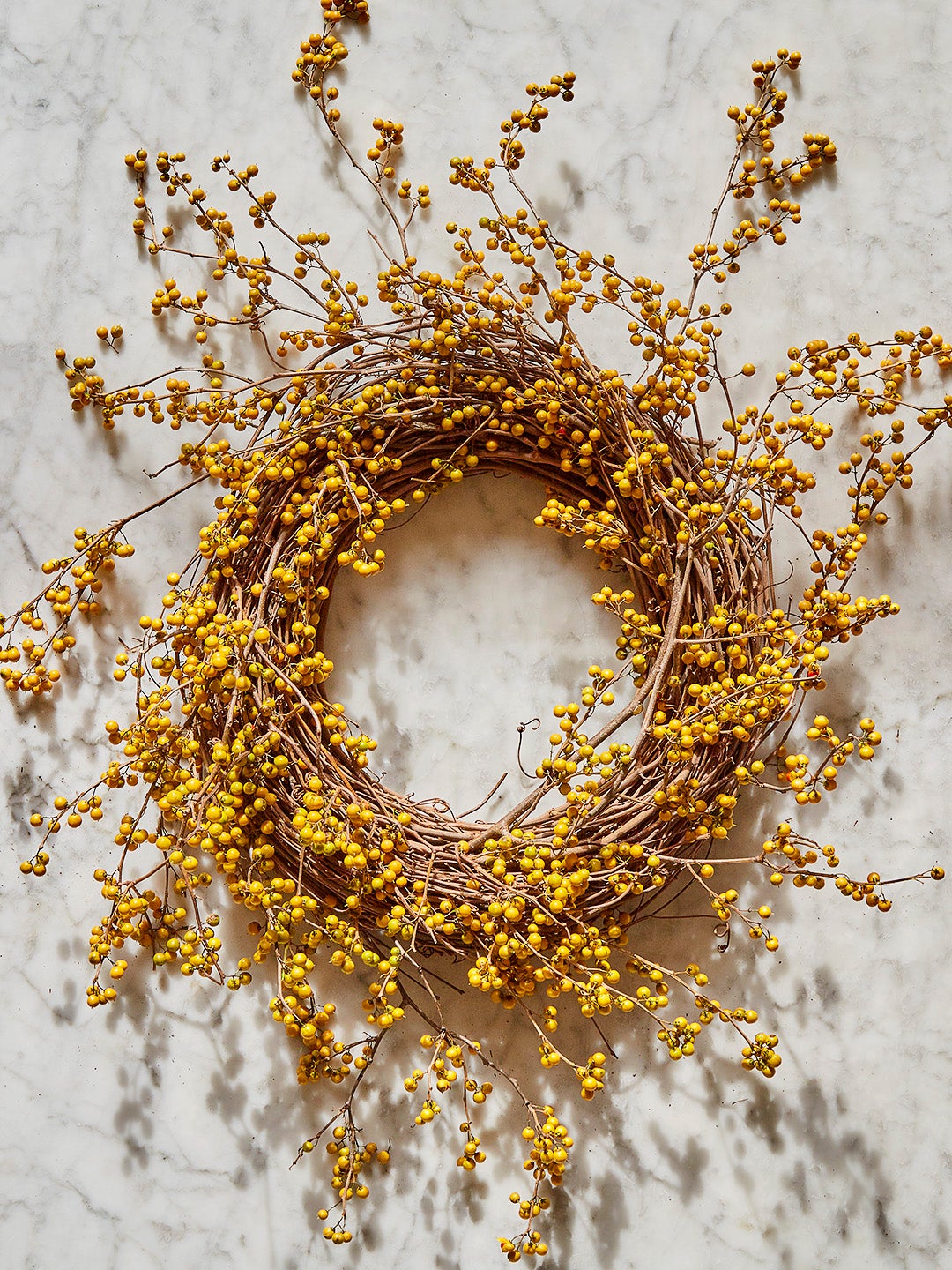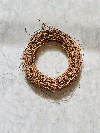All You Need Is This $20 Amazon Find (and 5 Minutes) to Make a Fall Wreath
Switch it up all season long.
Published Nov 6, 2021 1:33 AM
We may earn revenue from the products available on this page and participate in affiliate programs.
If you’ve never made a wreath, you might be inclined to reach for the preassembled, store-bought variety. But we’re here to tell you: Back away from the premade numbers and consider one of these simple DIYs instead.
Though aesthetically very different, these three wreaths have one major thing in common—they all started with a simple grapevine wreath base that you can buy on Amazon for $20. Transforming one into an impressible display is wildly easy—even for a first-timer (we promise!)—and requires nothing more than your hands, a couple bunches of foliage (forage some yourself or pick up a few at a grocery store; they often sell seasonal, mixed-greenery bundles in the floral section), and a tiny bit of creative spirit (though, it’s so straightforward, that part is not actually required).
Domino’s style director, Naomi Demanana, whipped these up in a flash using elements that feel disparate, but they’re made with the same general technique: Cut your branches into pieces ranging from 6 to 12 inches; weave the stems into the grapevine (you might have to finagle them a bit to make sure they feel secure); and then repeat, placing the next branch in the same direction as the previous, as you go. “You can choose to focus on one side or the bottom only to make a more crescent shape—leaving a portion of the grapevine exposed. Or you can cover it entirely and create a more organic O shape,” explains Demanana. The longer the pieces you use, the looser and more organic your finished product will feel.
For these wreaths, Demanana used bittersweet vine, an element that she notes grows wild in many parts of the U.S. and dries nicely (so it will last a long time); camellia branches (“Just pick the petals off after the flowers die, and you have a nice green base on which to add a pretty ribbon or other elements such as fruit or ornaments,” she says), and a mix of nandina leaves and stellar pink dogwood.
Possibly the best part of this entire DIY is that you can reuse your grapevine base indefinitely. “Once the foliage no longer looks appealing, pull it out and start over with a different variety,” says Demanana. “You could change it up for every season!” Which also makes it stylish and sustainable.
Domino’s editors independently curate every product on our site, because we’re just as obsessed with a great deal and an under-the-radar discovery as you are. Items you purchase may earn us an affiliate commission.




